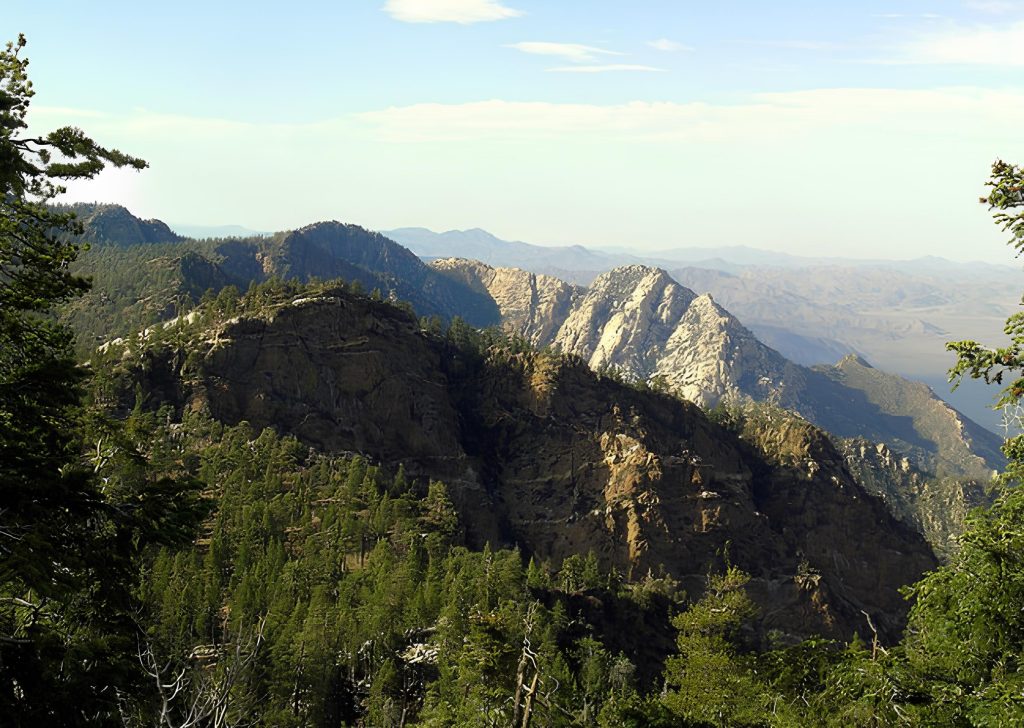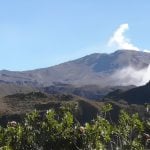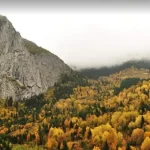Mount San Pedro : Climbing Information
San Pedro Mountain, one of the prominent peaks of the Andes, offers a unique experience for nature enthusiasts and mountaineers. Located in Chile, this volcanic mountain stands out with its breathtaking landscapes and routes of varying difficulty levels. Here are all the essential details about mountaineering on San Pedro Mountain. Mount San Pedro : Climbing Information
General Features of San Pedro Mountain
- Location: Chile, Atacama Desert
- Elevation: 6,145 meters
- Mountain Type: Stratovolcano
- Best Climbing Season: May – October (dry season)
- Climate: Arid desert climate with significant temperature fluctuations
Climbing San Pedro Mountain
Climbs to San Pedro Mountain usually start from the town of San Pedro de Atacama in the Atacama Desert. Due to the high altitude and harsh weather conditions, proper physical preparation is essential.
Climbing Routes
- Classic Route: The most commonly used route, technically moderate. The base camp is typically set up at around 4,800 meters.
- Alternative Routes: More technical and longer routes are available but are suitable for experienced climbers.
Essential Equipment for Climbing
- High-altitude boots
- Thermal clothing
- Sleeping bag (rated for -15°C or lower)
- Ice axe and crampons (recommended in winter)
- GPS and map
- Plenty of water and energy-boosting food
Challenges of Climbing San Pedro Mountain
- Altitude Sickness: Symptoms such as headaches, nausea, and fatigue may occur above 5,000 meters.
- Extreme Climate Conditions: Daytime temperatures can reach 25°C, while nighttime temperatures can drop to -15°C.
- Scarcity of Water Sources: As water sources are limited in the Atacama Desert, carrying an adequate supply of water is crucial.
Best Time to Climb
The best period for climbing San Pedro Mountain is during the dry season from May to October. During this time, the weather is more stable, making climbing conditions more favorable.
Conclusion
San Pedro Mountain is an excellent option for adventure seekers looking for a high-altitude mountaineering experience. With its unique landscape and challenging routes, it offers both a physical and mental challenge. If you are interested in high-altitude climbing, San Pedro Mountain should definitely be on your list!
How difficult is it to climb San Pedro Mountain?
The difficulty level varies depending on the route, but the classic route is considered moderate. However, the high altitude presents a challenge.
Do I need a guide to climb San Pedro Mountain?
While experienced climbers may attempt the ascent independently, hiring a guide is recommended for safety and navigation.
What permits are required for climbing?
No special permits are required, but checking local regulations before your trip is advised.
How long does it take to climb San Pedro Mountain?
A typical ascent takes 2 to 3 days, including acclimatization and rest periods.
What is the best time of year to climb?
The dry season (May – October) offers the most stable weather conditions.
Are there any accommodations near the mountain?
The nearest accommodations are in San Pedro de Atacama, where various lodging options are available.
What should I pack for the climb?
Essential gear includes thermal clothing, high-altitude boots, a sleeping bag, an ice axe, crampons, and sufficient food and water.
What are the risks of climbing at high altitudes?
Altitude sickness is a significant risk. Proper acclimatization and hydration are crucial.
Is there mobile phone coverage on the mountain?
Coverage is limited or nonexistent, so carrying a satellite phone or radio is recommended.
Are there guided tours available?
Yes, several local agencies offer guided climbs with experienced mountaineers.
Mount Huascarán : Roof of Peru
You can visit : Huascaran National Park (Official GANP Park Page)





